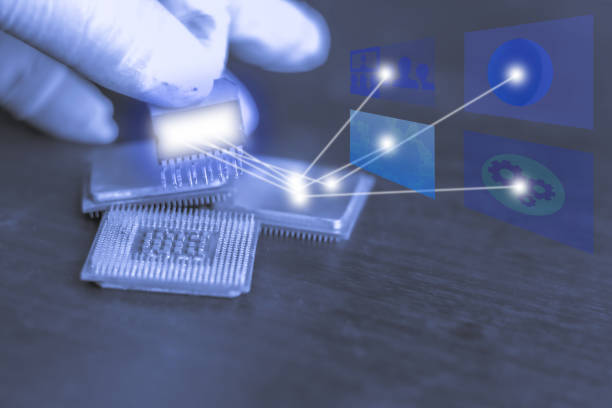The Future is Here: How Holographic Technology is Shaping Our Digital Lives
The future we dreamed of in old science fiction films is here. Holographic technology, once a mere product of imaginative storytelling, is becoming an integral part of our digital lives. This article delves into the evolution of this revolutionary tech, its current applications, and its potential to redefine our interaction with the digital world.

The Genesis of Holography
Holography was born out of the need for improved imaging technology. The idea was first proposed in 1947 by Hungarian-British physicist Dennis Gabor, who later won a Nobel Prize for his work. Gabor’s original holography technique, however, was limited in practice due to the lack of suitable light sources. This problem was addressed in the 1960s with the advent of laser technology.
Holography quickly found its place in various fields, from art to data storage. But the most exciting developments have started to unfold in recent years, with the advent of digital and computer-generated holography.
Holography in the Digital Age
The digital age has seen a resurgence of interest in holographic technology, driven by advancements in computational power and display technology. Today, we see the use of holography in diverse fields ranging from entertainment to medicine.
In the entertainment industry, holographic technology has been used to bring deceased celebrities back to the stage, creating immersive concert experiences. On the other hand, medical professionals are exploring the use of holography for advanced imaging purposes, enabling them to visualize complex structures in three dimensions.
More Than Just Projections
While most people associate holography solely with 3D projections, its applications extend far beyond. Holographic data storage, for instance, is a promising field. This technology uses holograms to store data, offering potentially higher storage capacities than traditional optical media.
Another exciting application is found in the field of telecommunications. Holographic telepresence, a technology that uses holography to produce real-time 3D images, could revolutionize video conferencing and remote collaboration.
The Estimated Market Impact
The holography market is on a steady growth trajectory, propelled by the increasing adoption of holographic displays in various industries. According to a report by Allied Market Research, the global holography market is expected to reach $5.50 billion by 2023. With tech giants like Microsoft and Google investing heavily in holography, the future looks promising for this technology.
The Road Ahead
As we move deeper into the digital age, holography is set to play a pivotal role in shaping our interaction with digital content. Future applications could include interactive holographic gaming, 3D televisions without the need for glasses, and even holographic smartphones.
With every leap in technology, we edge closer to a future where the line between our physical and digital lives becomes increasingly blurred. And as holography continues to evolve, we can expect this technology to be at the forefront of this exciting transformation.




